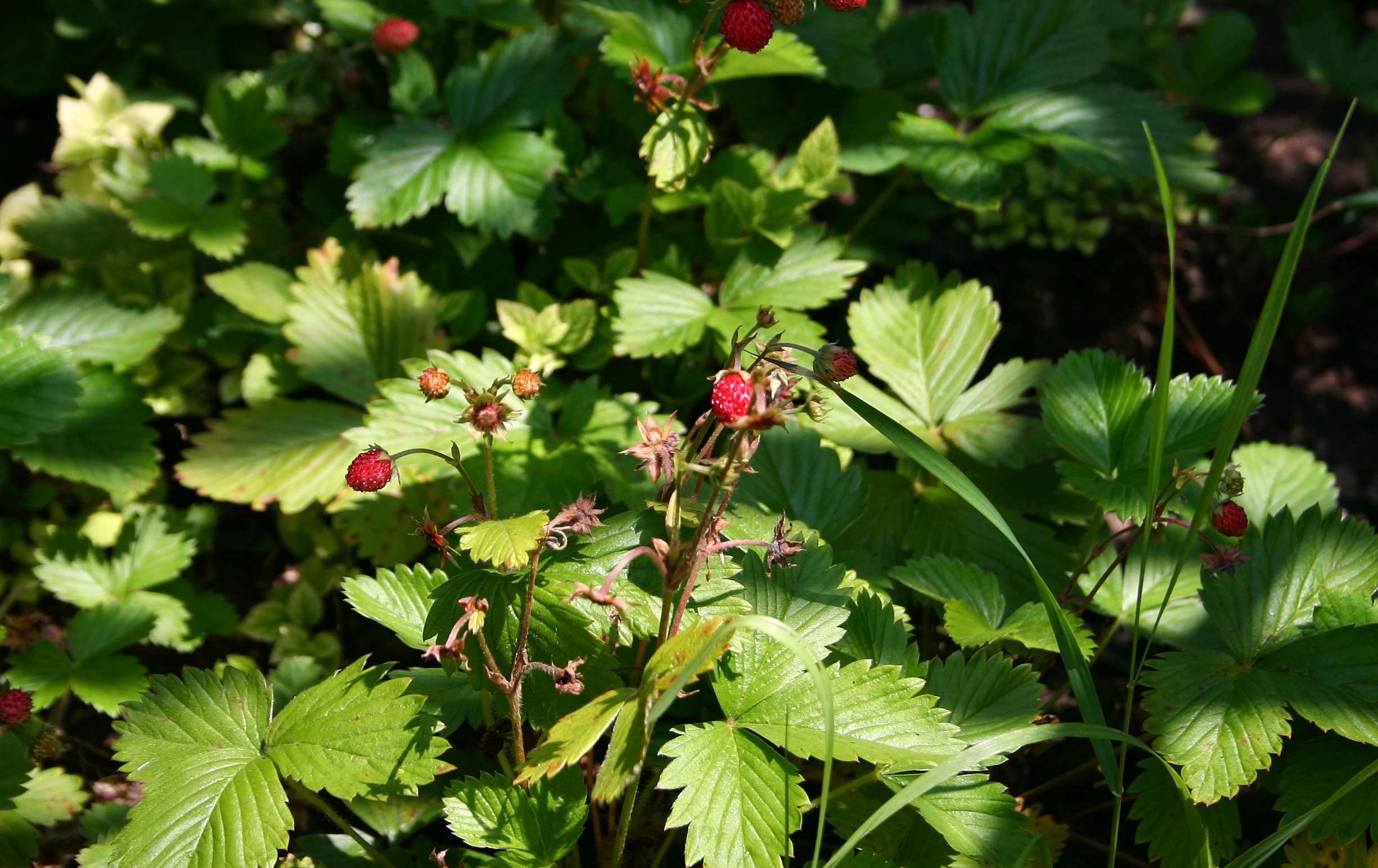Thursday 27 September 2012
Tropaeolum tuberosum - The Mashua
This is one of my favourite plants I've grown this year.
I did a plant swap with a lady in Scotland, I sent her some cuttings, she sent me some of these tubers. I love these kinds of exchanges, especially when you end up with something so fascinating!
The Mashua or Anu is a perennial tuber/salad crop from The Andes. It has a long history of cultivation there and is has been an important source of food for the indigenous people. Very productive - is said that one plant can yield up to 4 kilos of tubers!
Related to Nasturtiums, the Mashua's leaves look and taste quite similar.
I have greatly enjoyed feasting on the leaves of my Mashua's through the spring, summer and autumn! The plants are so vigorous, they produce much more leaves than you could possibly keep up with, and with a mild peppery taste, they're delicious in salads - and being milder, I prefer them to Nasturtium leaves. They must be one of the easiest salad plants you could grow.
They also make super companion plants, as they release chemicals that deter insect, nematode and bacterial pests - though be warned they don't seem able to deter the cabbage white butterfly! One of my plants was stripped bare by a huge army of caterpillars.
I decided no to interfere and watched my huge Mashua turn into a skeleton over 3 weeks. I attribute this to the fact the plant was growing right next to my house and so the birds were too scared to come and eat the caterpillars. Try growing near a bird box - the caterpillars will make great food for baby birds!
The only other slight snag you might have with Mashuas is they not entirely hardy. Though perennial, the top growth is frost tender and the underground tubers will generally tolerate temperatures down to about -5C if well mulched. To be on the safe side, it's best to dig a few tubers up and keep them in moist sand in a cold but frost free place before replanting them in the spring.This is little trouble given how care free the plant is the rest of the time.
Mashua are super easy to grow and will certainly thrive anywhere you grow ordinary vegetables and being shade tolerant, are very well suited to the forest garden. Be warned though - they are incredibly vigorous and can grow at least 12 foot tall in a season! Give them loads of space, some support to clamber over, a little love and then just enjoy watching them rocket away!
I'm happy to be able to provide tubers - please get in touch if you'd like some! I'm always up for plant swaps or I can send you a few tubers for a few quid! :)
As always, check out Plants for A Future for more info: http://www.pfaf.org/user/Plant.aspx?LatinName=Tropaeolum+tuberosum
*and check my update on 30th December about how the tubers taste!
Thursday 20 September 2012
Discovering Forest Gardening
Walking through the woods of our farm in midsummer - you couldn't help but be overwhelmed by the sheer abundance of life all around - from the tiniest wood sorrel to the towering oaks - the air buzzing with insects, and in exuberant bird song you could hear the joy of all nature's bounty.
On my wanders I was awe struck by the perfect design - all the different organisms living together in a harmonious symbiosis, a verdant community that seemed so vital and healthy. So self sufficient - it had probably changed very little in hundreds of years.
Seeing all of this natural fertility I wondered why man felt the need to work so hard to 'create' places to grow crops... Why were we ploughing the fields when so much fertility abounds when you leave nature to do the work for you?
So I set out on an experiment. I scattered seeds of every vegetable imaginable all around our woods, I even planted strawberry runners in the leaf mould. Needless to say these experiments were naive! Nothing grew.
The vegetables that I had sown had long been cultivated to be grown only in the full sun and super rich soil of the vegetable garden. They just couldn't cope with all the shade and competition from the already thriving ecosystem.
But I wasn't deterred. Soon after, I discovered that many others had had the same idea about this way of growing crops in harmony with Nature - and had called the system Forest Gardening!
In a Forest Garden a diverse community of plants are carefully grown together to create a self sustaining ecosystem of edible, medicinal and otherwise useful plants.
Because Forest Gardening is such a different method of growing food to the conventional vegetable garden or ploughed field, it was necessary to find a new array of crops that'll thrive in this setting and also provide us with plenty of tasty food.
Luckily pioneers like Ken Fern and Martin Crawford have already put a lot of energy into researching the trees, shrubs, climbers, and perennial vegetables that suit the Forest Garden - and these are the fascinating range of plants that this blog is devoted to - Forest Garden Plants.
Wild Strawberries covering the ground between trees - just as they would in a natural woodland:

Subscribe to:
Posts (Atom)


